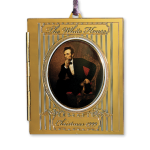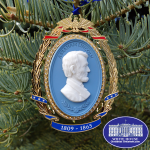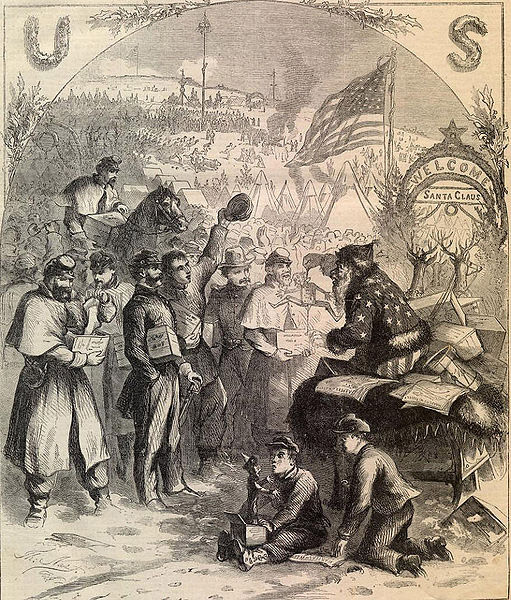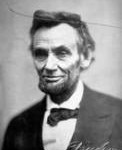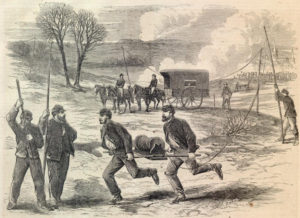 In October 1861, California Chief Justice Stephen Johnson Field reportedly sent a message to Abraham Lincoln via the newly completed transcontinental telegraph. The event was a milestone that predated the later transcontinental railroad.
In October 1861, California Chief Justice Stephen Johnson Field reportedly sent a message to Abraham Lincoln via the newly completed transcontinental telegraph. The event was a milestone that predated the later transcontinental railroad.
By 1860 a network of telegraph lines covered much of the eastern United States. After the 1849 gold rush had spawned a rapid populating of the newly acquired California coast, telegraph lines quickly grew in that new state. But there was a huge gap in service through the central United States. The U.S. Congress authorized a transcontinental telegraph project in 1860, and like the transcontinental railroad that came after it, the telegraph system was built by separate crews that would meet in the middle. The Pacific Telegraph Company would start in Nebraska and head west while the Overland Telegraph Company would build east from Nevada, which was connected to the California network. Essentially the route followed that established by the Pony Express and the Overland stagecoach line.
It took just over three months to plant more than 27,000 poles carrying 2,000 miles of single-strand iron wire over prairies and mountains. The transcontinental telegraph was officially completed on October 24, 1861 in Salt Lake City and became a critical communication line for the Union. Justice Fields often gets credit for sending the first transcontinental telegraph to Lincoln; however, there is some uncertainty about this. In fact, documents show that on October 20, 1861 Lincoln replied by telegraph to Frank Fuller, the Governor of the Utah Territory reciprocating his congratulations for the telegraph achievement. Lincoln wrote:
Sir.
The completion of the Telegraph to Great Salt Lake City is auspicious of the Stability & Union of the Republic.
The Government reciprocates your Congratulations
ABRAHAM LINCOLN
Fuller’s original telegraph message to Lincoln from earlier that day says:
`To the President of the United States:— Great Salt Lake City.
“Utah, whose citizens strenuously resist all imputations of disloyalty, congratulates the President upon the completion of an enterprise which spans the continent, unites two oceans and connects remote extremities of the body politic with the great government heart. May the whole system speedily thrill with quickened pulsations of that heart, the parricidal hand of political treason be punished, and the entire sisterhood of States join hands in glad reunion around the national fireside.
“FRANK FULLER,
“Acting Governor of Utah.”
So did Field send the first transcontinental telegraph message to Lincoln? Or did Fuller? Evidence suggests the latter. In either case, the telegraph played a hugely important role in the Civil War, and like many other technology-based advantages, helped the Union more than the Confederacy.
By the way, in May of 1863 Lincoln appointed Field as a U.S. Supreme Court Associate Justice, thus becoming the first person to fill the newly created extra seat after Congress expanded the Supreme Court from 9 to10. But that’s a story for another time.
David J. Kent is an avid science traveler and the author of Lincoln: The Man Who Saved America, in Barnes and Noble stores now. His previous books include Tesla: The Wizard of Electricity and Edison: The Inventor of the Modern World and two specialty e-books: Nikola Tesla: Renewable Energy Ahead of Its Time and Abraham Lincoln and Nikola Tesla: Connected by Fate.
Check out my Goodreads author page. While you’re at it, “Like” my Facebook author page for more updates!



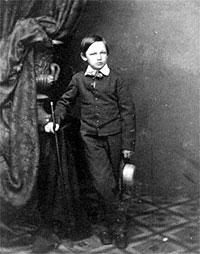 William Wallace Lincoln, “Willie,” died of typhoid fever on February 20, 1862. President Abraham Lincoln and his wife Mary Lincoln were devastated. Willie’s younger brother Tad was also afflicted, but would live. This personal tragedy on top of the ongoing Civil War was almost too much to bear for both of them; Mary would never completely recover. But Willie’s death, and those of 700,000 soldiers during the Civil War, also ushered in advances in the embalming sciences.
William Wallace Lincoln, “Willie,” died of typhoid fever on February 20, 1862. President Abraham Lincoln and his wife Mary Lincoln were devastated. Willie’s younger brother Tad was also afflicted, but would live. This personal tragedy on top of the ongoing Civil War was almost too much to bear for both of them; Mary would never completely recover. But Willie’s death, and those of 700,000 soldiers during the Civil War, also ushered in advances in the embalming sciences.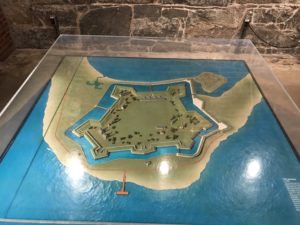 Named after our nation’s fifth president, Fort Monroe is, or at least was, one of the premier defenses of the Chesapeake Bay and Hampton Roads. Not far from here was the famous Battle of the Ironclads. On a recent visit I was able to tour the Fort Monroe National Monument, and in particular, the
Named after our nation’s fifth president, Fort Monroe is, or at least was, one of the premier defenses of the Chesapeake Bay and Hampton Roads. Not far from here was the famous Battle of the Ironclads. On a recent visit I was able to tour the Fort Monroe National Monument, and in particular, the 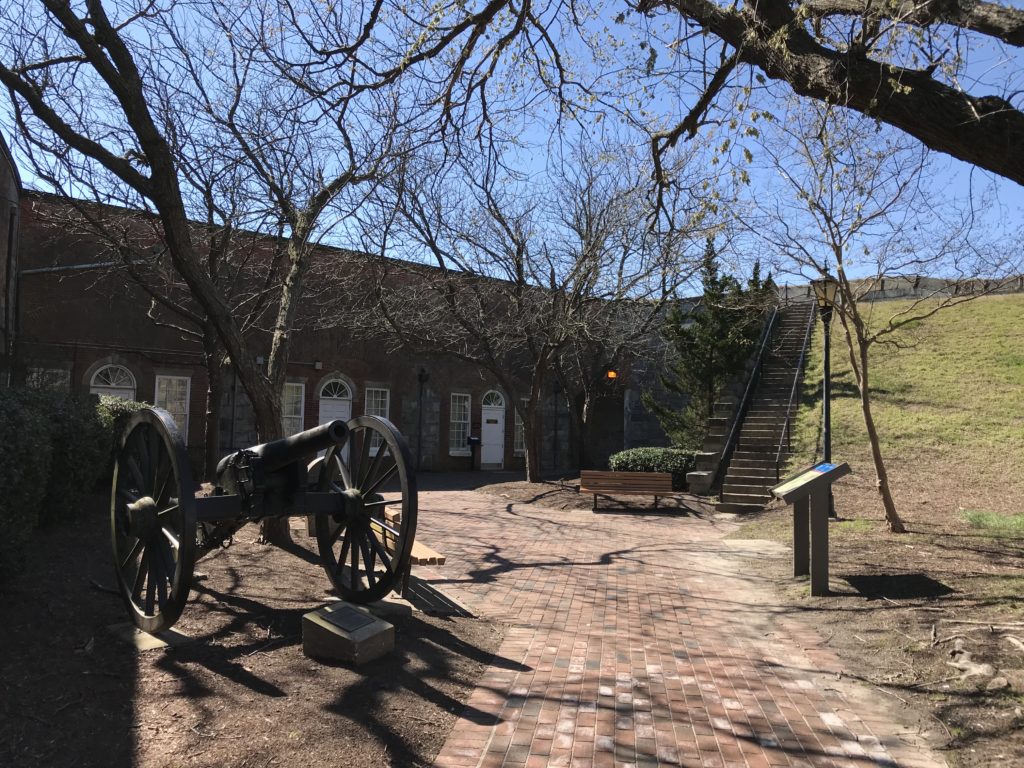



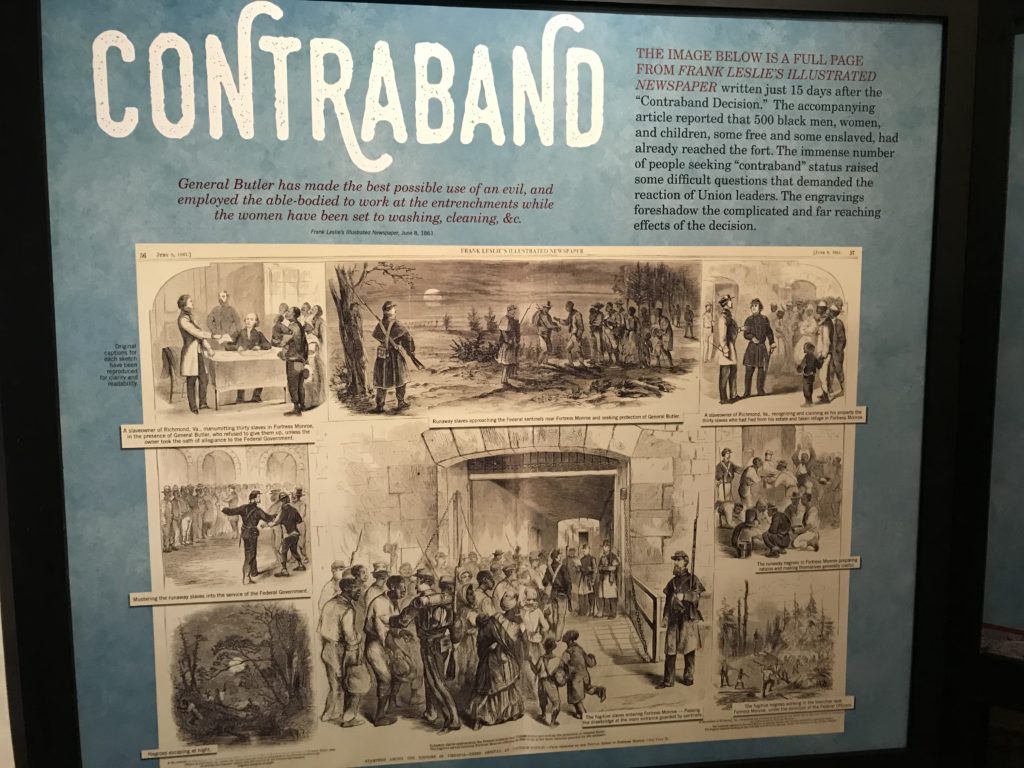
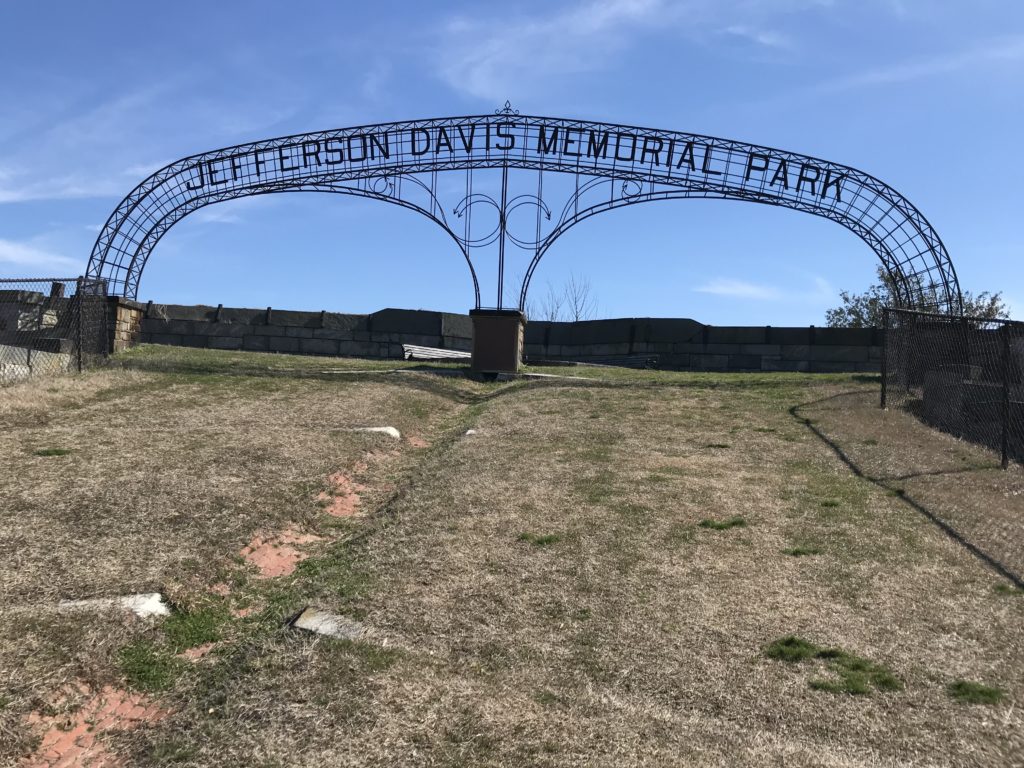

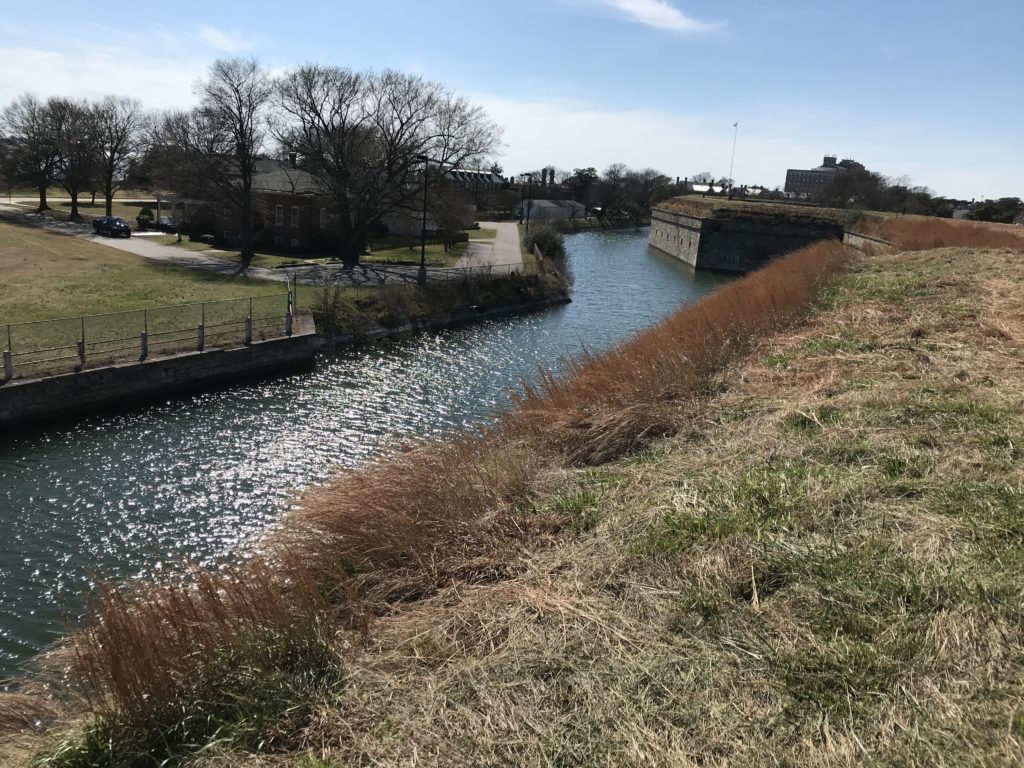
 I hope everyone is having a great holiday break. I’ll be back with more on Nikola Tesla later, but here’s a mini book review of The Crater by John Cannan (just published on
I hope everyone is having a great holiday break. I’ll be back with more on Nikola Tesla later, but here’s a mini book review of The Crater by John Cannan (just published on 